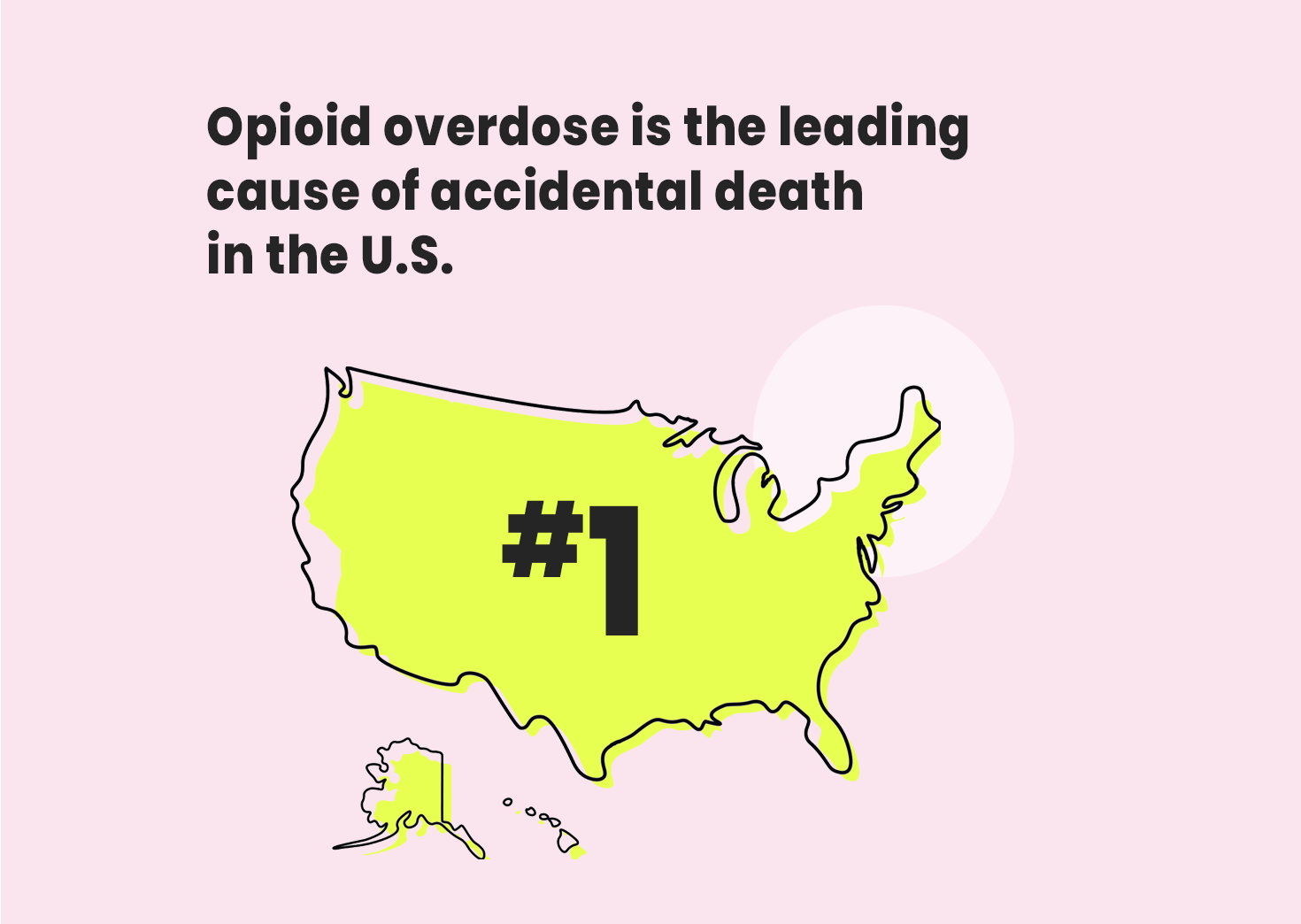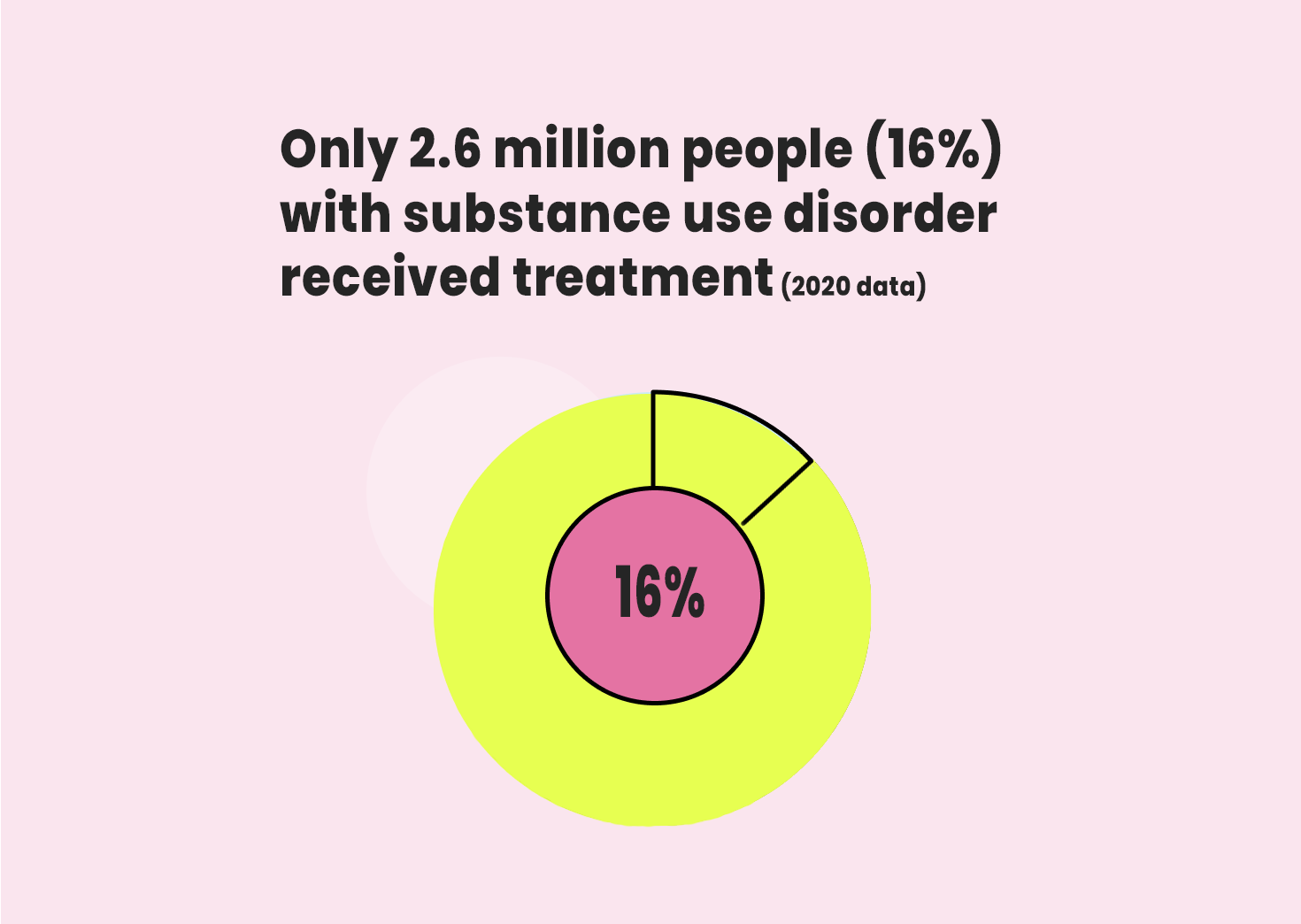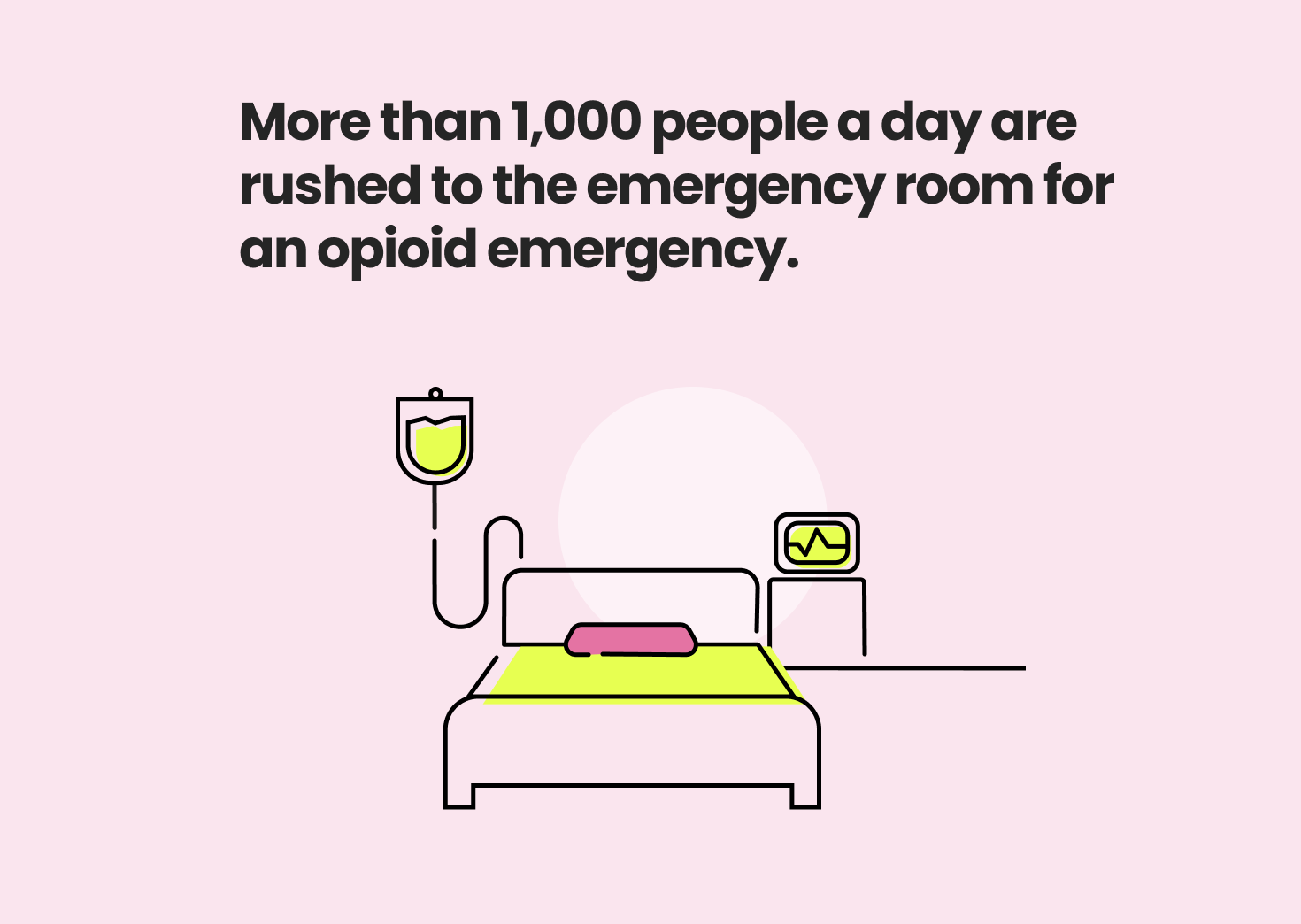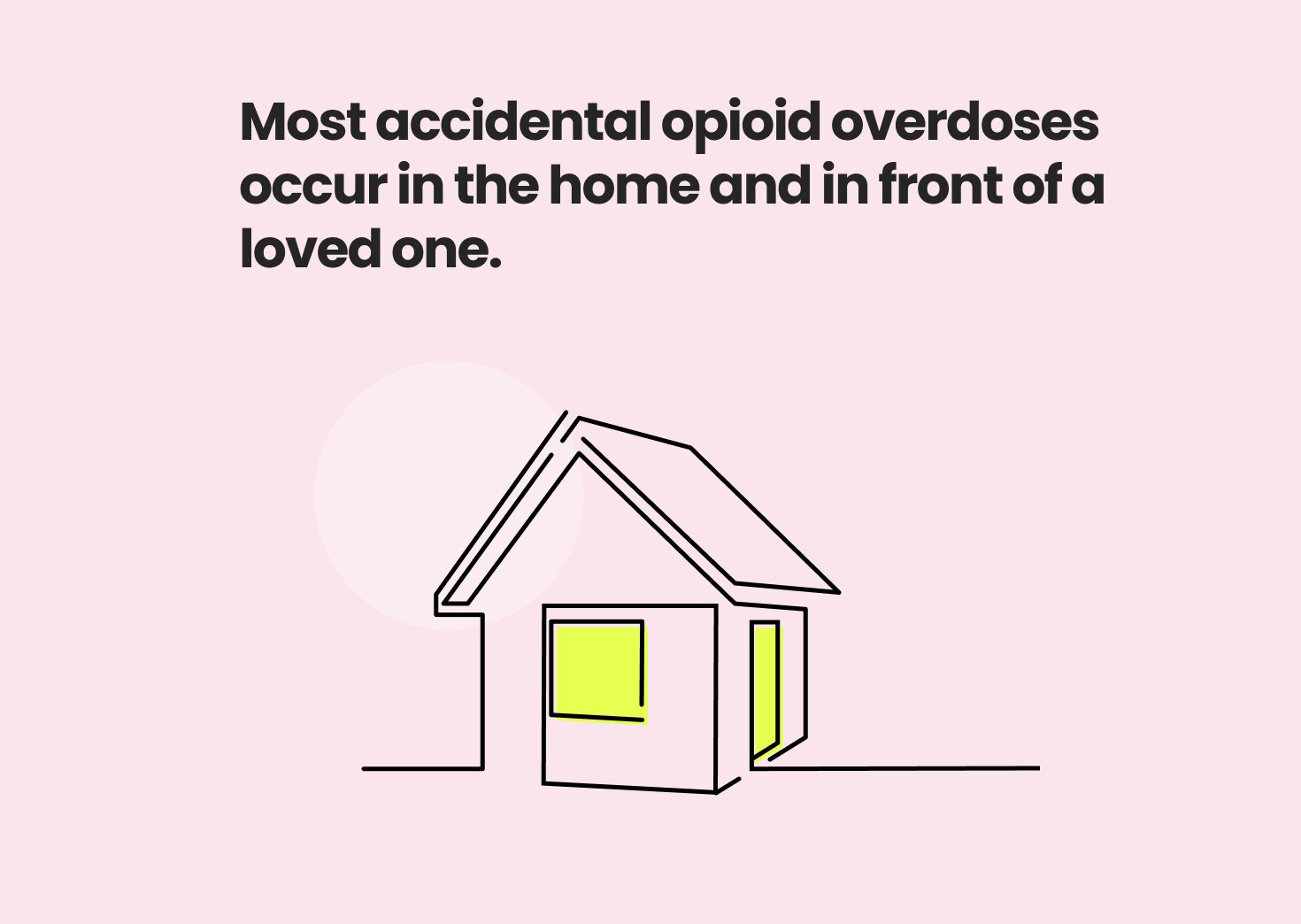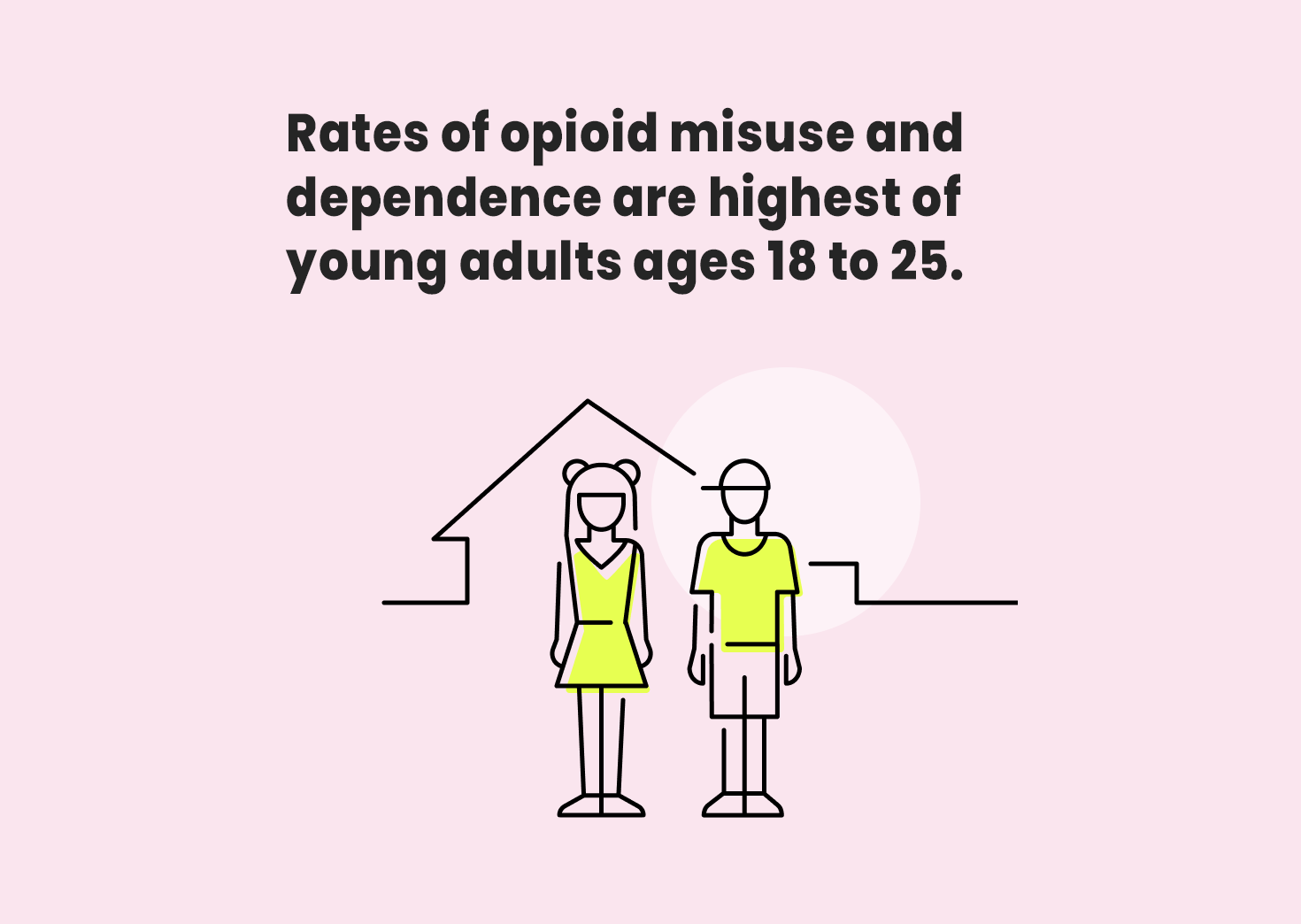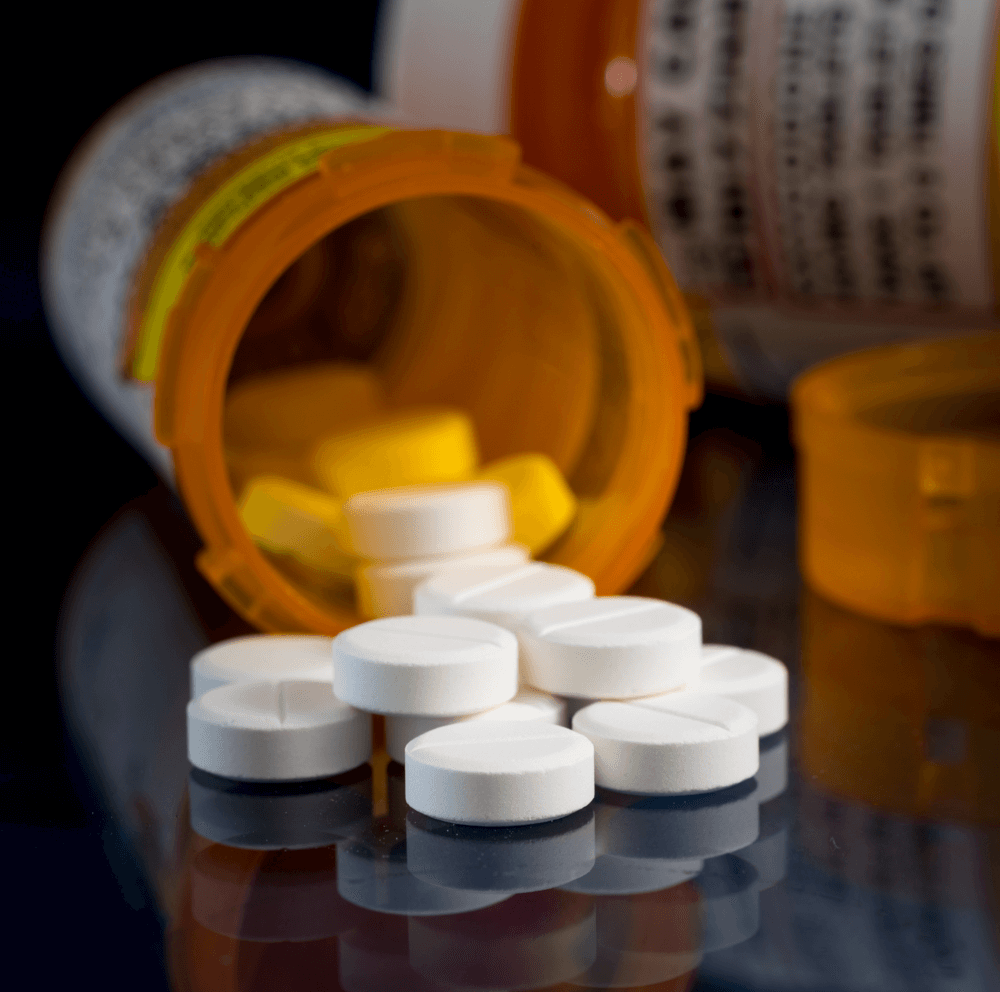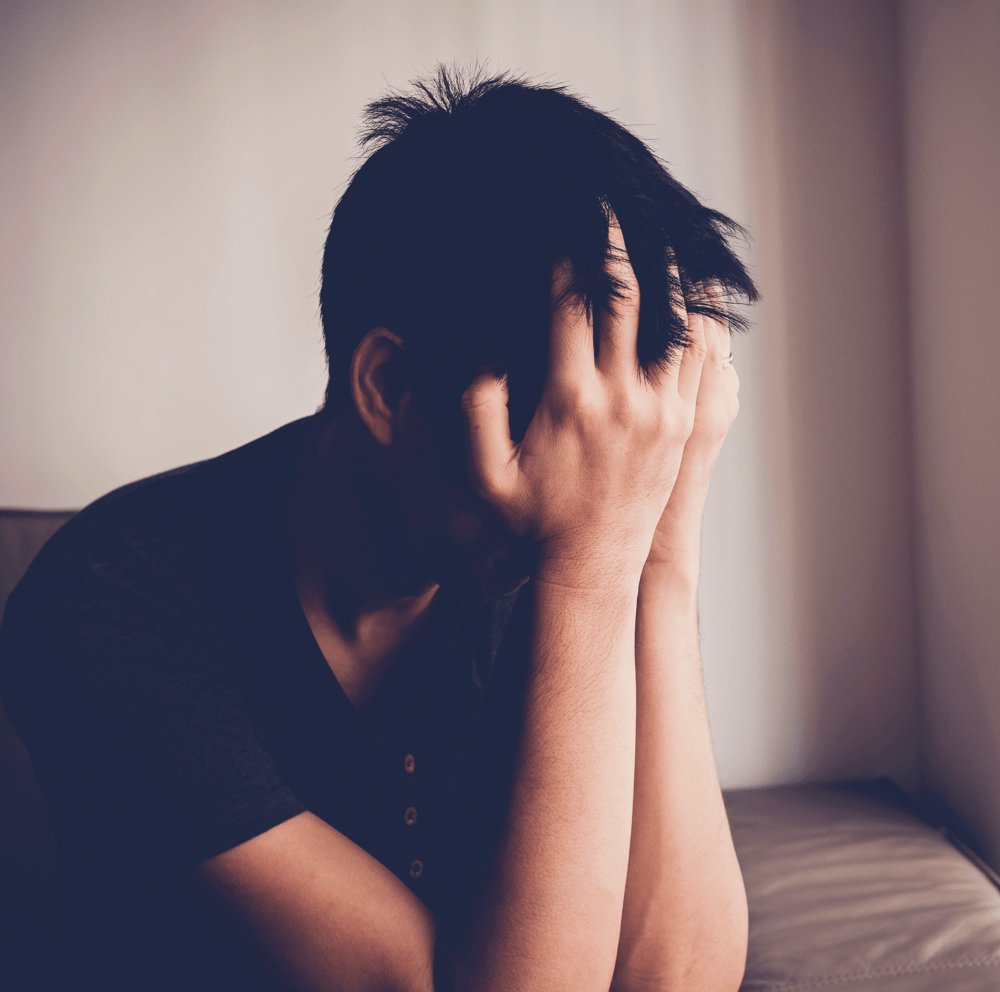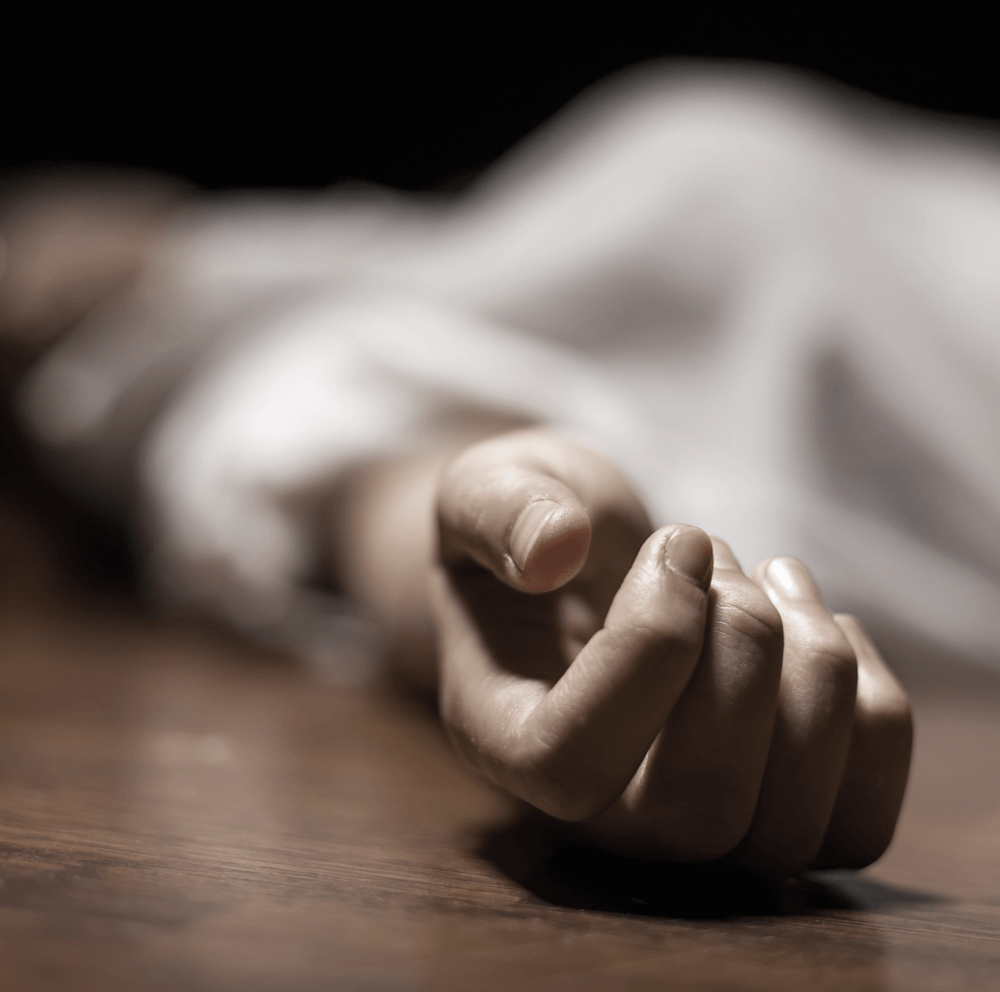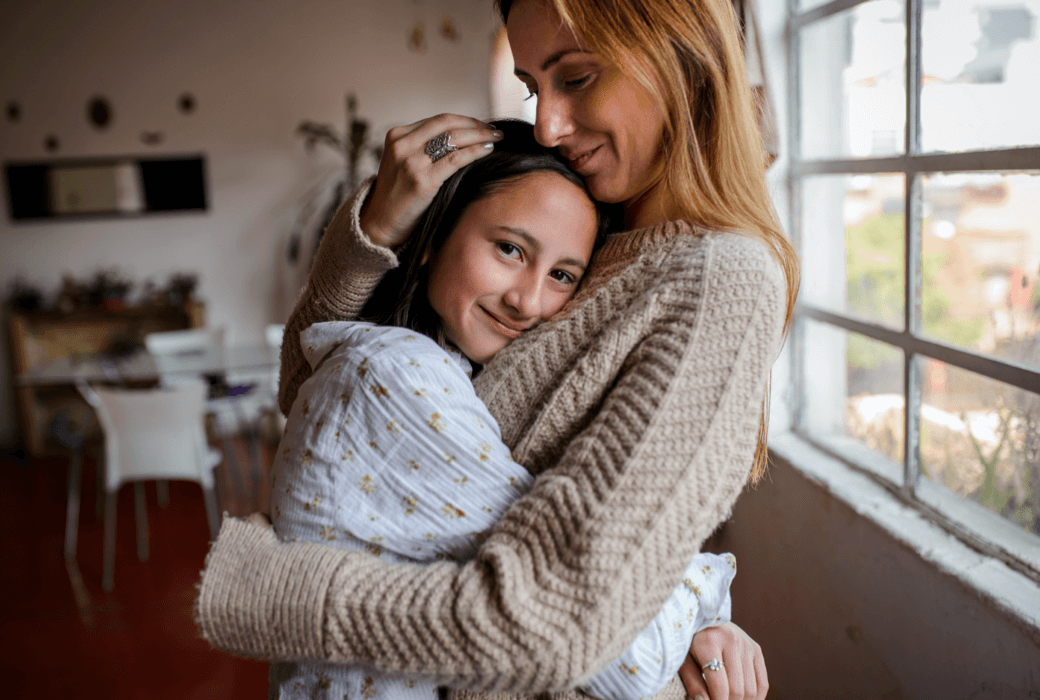Ready
to Rescue
Opioid emergencies can happen anywhere, any time.
WHAT TO DO IN CASE OF A SUSPECTED
OPIOID EMERGENCY

LAY
Check for slowed breathing or unresponsiveness.
Lay the person on their back and tilt the head up.
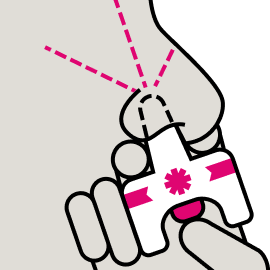
SPRAY
Insert NARCAN® Nasal Spray into either nostril and press plunger firmly.
* Use as directed
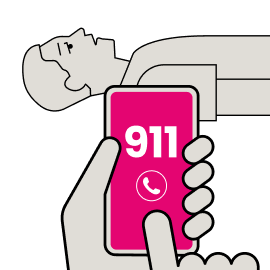
STAY
Call 911 immediately and continue to administer doses as needed.
Do you or someone you know
take prescription opioids?
have a dependence on opioids?
have children or other household members with opioids present?
live with concurrent medical conditions, including liver disease, lung disease, HIV, and depression?
take opioids with alcohol, benzodiazepines, or other sedatives?
take injectable opioids?
If so, there may be a risk of opioid overdose.
Know the Numbers
It’s estimated that…
It Could Happen to Anyone Taking an Opioid.
Accidental overdoses don’t discriminate. A life-threatening overdose is a risk for anyone taking opioids, with or without a prescription.
#ReadyToRescue #HelpStopOverdoses
About Naloxone
What is naloxone?
Naloxone is an emergency medication designed to immediately help reverse an opioid overdose. It can restore breathing after it has slowed or stopped. Naloxone is the standard of care in an opioid emergency and can save a life.
How does naloxone work?
Naloxone competes with opioids to bind with the same receptors in the brain, reversing the effects of an opioid overdose in minutes. This allows time for emergency medical help to arrive.
Be sure to use as directed and always call 911 immediately after giving the first dose of naloxone.
Where can I get naloxone?
Naloxone is available over the counter and can be purchased online or at a retailer near you.
Click here to Learn MoreDon’t have the means to purchase? Access your state and local resources to learn how to obtain this life-saving medication.
During a suspected opioid overdose, call 911 for emergency aid as quickly as possible.

